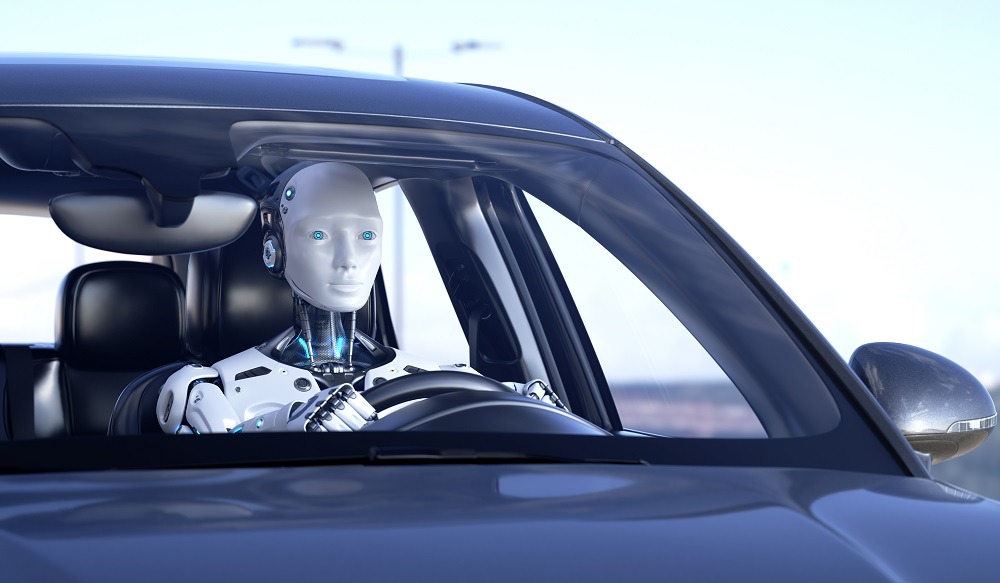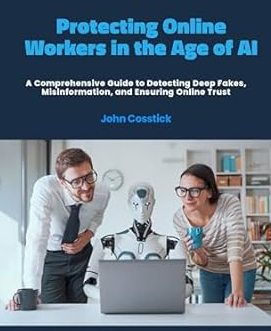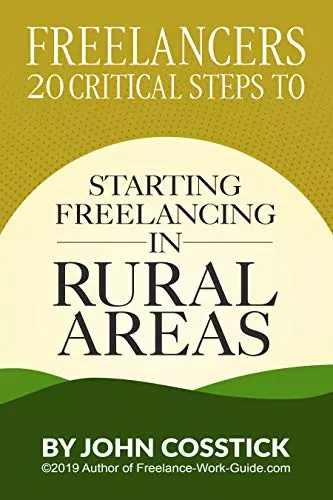Artificial intelligence is changing the car world. AI helps self-driving cars see and move around. This could make roads safer and cut down on traffic jams.
Machine learning and AI help self-driving cars make smart choices. They learn from what is around them, adapting to different scenarios.

AI and machine learning are changing how we travel. Self-driving cars, powered by AI, aim to make roads safer. The future of travel looks bright with AI in cars.
Introduction to Autonomous Vehicle Technology
AI is vital for self-driving cars. It uses machine learning and computer vision. This makes AI crucial for future car tech.
Key Takeaways
- Artificial intelligence is transforming the automotive industry with ai-powered self-driving cars.
- Machine learning algorithms and computer vision enable autonomous vehicles to perceive their surroundings and navigate complex environments.
- Ai in autonomous vehicles has the potential to improve road safety and reduce traffic congestion.
- Self-driving cars can make decisions and enhance the overall driving experience with the help of artificial intelligence.
- The application of machine learning in autonomous vehicles enables them to learn from their environment and adapt to new situations.
- Ai and machine learning are crucial for the development of autonomous transportation systems.
Understanding AI in Autonomous Vehicles: Core Concepts
Autonomous driving technology has changed the transportation world. Advanced driver assistance systems make driving safer and more efficient. Robotics in transportation lets vehicles see and decide, leading to fully self-driving cars. Knowing AI’s role in these vehicles is key.
Sensors, software, and hardware are needed to create self-driving cars. Important parts include sensors, mapping, and control systems, which work together to help cars move safely and avoid obstacles.
Defining Artificial Intelligence in Transportation
Artificial intelligence means making computers do things humans do, like seeing and talking. In self-driving cars, AI lets them learn and adapt. This way, they can make choices quickly and safely.
Key Components of Autonomous Systems
- Sensors: cameras, lidar, radar, and ultrasonic sensors
- Mapping and localization: creating and updating high-definition maps
- Control systems: controlling vehicle speed, steering, and acceleration
Levels of Vehicle Automation
Vehicle automation levels range from Level 0 (no automation) to Level 5 (full automation). There are many levels in between. Knowing these levels helps in making and using self-driving tech.
Machine Learning Algorithms Driving Innovation
Machine learning is key in self-driving cars, helping them get better with time. Artificial intelligence makes these vehicles adapt to new situations. This makes them safer and more reliable.
Some important uses of machine learning in self-driving cars include:
- Object detection: Algorithms can spot and identify road objects like people, cars, and lights.
- Motion forecasting: They can predict how other vehicles and pedestrians will move. This helps self-driving cars avoid dangers.
- Decision-making: Algorithms help decide on the best path, speed, and actions. This ensures safe and efficient driving.
Companies like Waymo and Tesla are leading in this field. They use machine learning to make their cars smarter. As technology grows, we’ll see even more cool uses of machine learning in self-driving cars.
| Company | Application of Machine Learning |
| Waymo | Object detection and motion forecasting |
| Tesla | Decision-making and navigation |
Computer Vision and Sensor Integration
Computer vision is key in making self-driving cars work. It lets cars see and understand their surroundings. This is done with the help of sensors like LiDAR, radar, and cameras.
Neural networks help make these sensors better at spotting and tracking objects. They use data from all sensors to learn and predict. This is vital for self-driving cars to safely move around.
Some big pluses of using computer vision and sensors in self-driving cars are:
- They make driving safer by spotting dangers early.
- They help cars drive more efficiently, saving time and gas.
- They make rides more comfortable and convenient for passengers.
As self-driving tech gets better, so will the role of computer vision and sensors. With neural networks and sensors, self-driving cars will be safer, more efficient, and more fun for everyone.
| Sensor Type | Description |
| LiDAR | Uses laser light to create high-resolution 3D maps of the environment |
| Radar | Provides additional sensing capabilities, including speed and distance measurement |
| Camera Systems | Enables computer vision and object detection, including pedestrian and vehicle detection |
Neural Networks in Vehicle Decision-Making
Neural networks are key in helping self-driving cars make smart choices. They use ai algorithms to improve how cars react to their surroundings. These networks learn from big datasets, making them better at predicting and acting on different situations.
Using neural networks in cars has many benefits:
- Improved safety: They help cars avoid accidents by analyzing data and making smart guesses.
- Increased efficiency: Neural networks can find the best routes, cutting down on traffic and travel time.
- Enhanced passenger experience: They make the ride smoother and more comfortable, improving the passenger’s experience.
As ai algorithms for self-driving cars get better, we’ll see more innovative uses of neural networks. These technologies could change how we travel, making our daily commutes better and safer.
Advanced Driver Assistance Systems (ADAS)
Advanced driver assistance systems (ADAS) are key to making driving safer and more convenient. They use sensors and software to handle different driving situations. This makes them essential for the development of self-driving cars. ADAS is designed to assist human drivers, not to fully replace them
Features like lane departure warning and adaptive cruise control have greatly improved safety. They help prevent accidents and make driving easier.
ADAS is a base for more advanced self-driving systems. It uses predictive analytics to avoid accidents. Safety features like automatic emergency braking also reduce the impact of crashes.
As self-driving cars get better, ADAS will become even more important.
- Predictive maintenance to prevent system failures
- Advanced sensor systems for enhanced detection and response
- Human-machine interface design to ensure seamless interaction between drivers and ADAS features
These features not only make driving safer but also help in developing self-driving cars. As the car industry moves forward, ADAS will keep playing a big role.
| ADAS Feature | Description |
| Lane Departure Warning | Alerts drivers when the vehicle drifts out of its lane |
| Adaptive Cruise Control | Adjusts vehicle speed to maintain a safe distance from other vehicles |
| Automatic Emergency Braking | Applies the brakes to prevent or mitigate the impact of a collision |
Challenges in Autonomous Vehicle Development
As we move forward with autonomous vehicle technology, we face many challenges. Ensuring public safety is a top concern. Autonomous vehicles must handle complex situations and make quick decisions. The integration of AI in cars also brings challenges, like the need for clear testing and validation rules.
Some major hurdles in making autonomous vehicles include:
- Ensuring public safety is a top concern
- Addressing regulatory frameworks and standards for autonomous vehicles
- Overcoming technical hurdles, such as sensor reliability and cybersecurity
- Developing and implementing effective testing and validation protocols for autonomous vehicles
Despite these obstacles, many are working hard to make autonomous vehicles a reality. Companies like Waymo and Tesla are already testing them on roads. This technology could change how we travel and move goods, and it’s exciting to see it grow.
| Challenge | Description |
| Public Safety | Ensuring the safe deployment of autonomous vehicles on public roads |
| Regulatory Frameworks | Developing and implementing standards and regulations for autonomous vehicles |
| Technical Hurdles | Overcoming technical challenges, such as sensor reliability and cybersecurity |
Real-World Applications and Case Studies
Autonomous vehicle development has changed how we see transportation. AI in self-driving cars is making logistics and travel more efficient. Companies like Waymo and Tesla are leading this change, testing these cars in various settings.
Some notable examples of autonomous vehicle applications include:
- Commercial fleet operations: Autonomous trucks and buses can reduce labor costs and improve safety on long-haul routes.
- Urban mobility solutions: Self-driving taxis and ride-hailing services can enhance urban mobility, reducing traffic congestion and parking needs.
- Last-mile delivery systems: Autonomous vehicles can efficiently transport goods from a hub to a destination, reducing delivery times and costs.
As autonomous vehicle development keeps improving, we’ll see more uses of AI in cars. This could make travel safer, more efficient, and convenient. Self-driving cars are set to change how we move around and transport goods.
Looking at these examples helps us understand how autonomous vehicles are changing our lives and the future of travel.
| Application | Benefits |
| Commercial Fleet Operations | Improved safety, reduced labor costs |
| Urban Mobility Solutions | Enhanced mobility, reduced traffic congestion |
| Last-Mile Delivery Systems | Increased efficiency, reduced delivery times |
Regulatory Framework and Safety Standards
Autonomous vehicle technology needs a strong regulatory framework for safety and liability. In the U.S., the National Highway Traffic Safety Administration (NHTSA) sets safety standards. They guide how these vehicles are tested and used.
Key parts of the framework include:
- Clear rules for testing and using autonomous vehicles
- Safe technology standards for these vehicles
- How to handle accidents and who is responsible
Manufacturers and tech companies work with NHTSA to set safety standards. This teamwork ensures the rules are good for safety and innovation.
The rules for autonomous vehicles must be flexible to keep up with new tech. By finding a balance between safety and innovation, we can support the industry’s growth. This way, we protect the public while allowing the technology to advance.
The rules for autonomous vehicles are key to keeping everyone safe. By working together, we can make sure these vehicles are safe and help the industry grow.
Conclusion: The Future Landscape of Autonomous Transportation
The future of autonomous transportation looks bright. Artificial intelligence and car tech will keep getting better. This means safer, more efficient, and convenient travel for everyone. However, the ethical decision-making in autonomous vehicles and the rights of the public to know and understand how autonomous vehicles operate remains ahead.
Self-driving cars will change how we travel. They use computer vision and smart algorithms. They will make cities better and improve delivery services.
Autonomous vehicles will get smarter with better sensors and tech. They’ll handle tough situations and keep everyone safe. As rules and safety standards grow, so does the promise of autonomous transportation. It will change our lives, work, and how we connect.
FAQ
Q1: What is the role of artificial intelligence in autonomous vehicle technology?
Ans: Artificial intelligence (AI) is key in making self-driving cars work. AI algorithms help cars see their surroundings and make smart choices. It’s vital for tasks like spotting objects and controlling the vehicle.
Q2: What are the key components of autonomous vehicle systems?
Ans: Autonomous cars have sensors, mapping systems, and control systems. These parts work together. They help the car understand its environment and make decisions on its own.
Q3: What are the different levels of vehicle automation?
Ans: Vehicle automation levels range from Level 0 to Level 5. Level 1 has basic driver aids. Level 2 offers partial automation. Level 3 and Level 4 are more advanced. Level 5 means the car can drive itself without a human.
Q4: How do machine learning algorithms contribute to autonomous vehicle innovation?
Ans: Machine learning is vital for self-driving cars. It lets them learn and get better over time. This tech improves their ability to detect objects and make decisions, making them safer and more reliable.
Q5: What is the role of computer vision and sensor integration in autonomous vehicles?
Ans: Computer vision and sensor integration are crucial for self-driving cars. LiDAR, radar, and cameras help the car see its surroundings. This lets it detect objects and track their movement, making smart decisions.
Q6: How do neural networks contribute to autonomous vehicle decision-making?
Ans: Neural networks are essential for self-driving cars’ decision-making. They can learn from big datasets, helping the car predict and respond to different situations. This makes driving safer and more efficient.
Q7: What are the key features of advanced driver assistance systems (ADAS)?
Ans: ADAS features include lane departure warning and automatic emergency braking. They use sensors and software to react to driving situations. Predictive analytics help prevent accidents, and safety features reduce the impact of crashes. The design of the human-machine interface is also important for effective interaction.
Q8: What are some of the challenges in autonomous vehicle development?
Ans: Developing self-driving cars faces challenges like ensuring safety and addressing regulations. Technical hurdles like sensor reliability and cybersecurity are also big issues. Integrating AI in the car industry requires standardized testing and validation.
Q9: What are some real-world applications of autonomous vehicles?
Ans: Self-driving cars have many uses, like in commercial fleets and for last-mile delivery. They can improve logistics and make urban mobility better. They also help with delivery services.
Q10: What is the regulatory framework and safety standards for autonomous vehicles?
Ans: Autonomous cars need a strong regulatory framework for safety and liability. Agencies like the National Highway Traffic Safety Administration (NHTSA) are setting standards. This involves working with government and industry.
Image Credit By Pro.Elements.Envato















